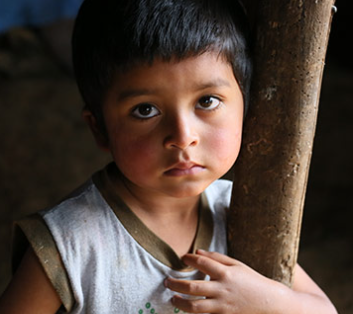The soft fur, the fuzzy ears and the small tail. These are the characteristics of a domesticated rabbit.
Almost every day, people from all over the world adopt a pet rabbit. Rabbits ranging from brown fur to black and white to a variety of other colors. Rabbits are considered friendly creatures who are good companions to people. My older sister, Wendy, who once owned a rabbit, said, “Whenever I spent time with it, it brought me peace and joy because at that time, I didn’t have to worry about school and I would spend time with my bunny.”
People often get wild rabbits and domesticated rabbits (rabbits kept as pets) mixed up. Wild rabbits are known as wild for a reason, whereas pet rabbits aren’t. Pet rabbits are good companions for people and bring joy. But there are also dangers and risks of getting a rabbit.
The life of a wild rabbit
Rabbits are herbivores (they only eat plants) and are found all over the world in habitats like forests, meadows, grasslands, deserts, tundras, and wetlands. The World Wildlife Fund (WWF) says that these habitats have everything a wild rabbit needs to survive. These include their food, water, shelter from the weather and a place to breed their young. Rabbits adapt to these environments to survive the changes in climate, predators and other animals that compete for the same food as them.
The University of Idaho says that rabbits forage, which means they go collect food either early in the morning or in the evening so they won’t be caught by predators during the day. During the day, they would sometimes eat their own poop so that they aren’t very hungry. Their poop has leftover nutrients and water.
The history of domesticated rabbits
It’s unclear when rabbits started to get domesticated but researchers at The University of Oxford believe that the Romans were the first to have come in contact with rabbits and domesticated them. Researchers have found archaeological evidence of rabbits being hunted in the Palaeolithic Age (early phase of the Stone Age) in the Iberian peninsula (Europe) and southwest France. They have concluded that rabbits were regularly transported across Europe and were considered a high-status food by the Middle Ages.
Experts at The Natural History Museum of LA County say that rabbits roughly evolved 40 millions years ago during the late Eocene period (mammals started to appear and evolve). During the early Roman period, rabbits were bred and kept for food and fur. This turn of events eventually led rabbits to become domesticated and have since been kept as pets. Experts also say that domesticated rabbits are also bred and kept as livestock.
The dangers of domesticated rabbits
People like rabbits as pets and are considered as a friend or family. But what most people don’t prepare themselves for is the vulnerability rabbits are once exposed outside without their owner.
Veterinarians and experts from the Spruce Pets say that domesticated rabbits have a low chance of survival in the wild. Domestic rabbits have been bred so many times that the color of their fur has many different colors, from white to black. These unnatural colors don’t blend in with the wild, making domesticated rabbits an easy target. Not only do their unnatural coats make them an easy target but they are heavier than wild rabbits. Domesticated rabbits eat more than wild rabbits, making them heavier and getting caught easily by predators. Wild rabbits are experts at finding food, whereas domesticated rabbits aren’t. Domesticated rabbits are so used to being fed food that they aren’t equipped to find food on their own.
The Bunny World Foundation says that the threat of a nocturnal predator is very dangerous when it comes in contact with a domesticated rabbit. Merely the perceived threat of a nocturnal predator will scare a domesticated rabbit into a heart attack or cause it to break its back while panicking. Also, since domesticated rabbits haven’t been exposed to the wild, they would be curious and eat anything. They like to eat the feces of raccoons and this causes an intestinal parasite in their stomach, making them sick and eventually killing them. Walking in the wild is risky for domesticated rabbits because they could catch an illness from bacterias in the soil. Domesticated rabbits also have a weaker immune system than wild rabbits, making them have more health issues and get stress from just being outside.




















Heidi • Jan 7, 2025 at 12:37 pm
I’m surprised that wild rabbits are more different then pet rabbits, I never knew that
melisa • Jan 6, 2025 at 1:13 pm
I was surprised that rabbits can eat their own poop.
Kimberly • Jan 6, 2025 at 12:31 pm
Something I learned was how many differences the pet rabbit and the wild rabbit have. I also learned how pet rabbits are very friendly and gives you good company.
Kaleia G. • Jan 6, 2025 at 12:24 pm
It’s kind of wild that bunnies eat their own poop.